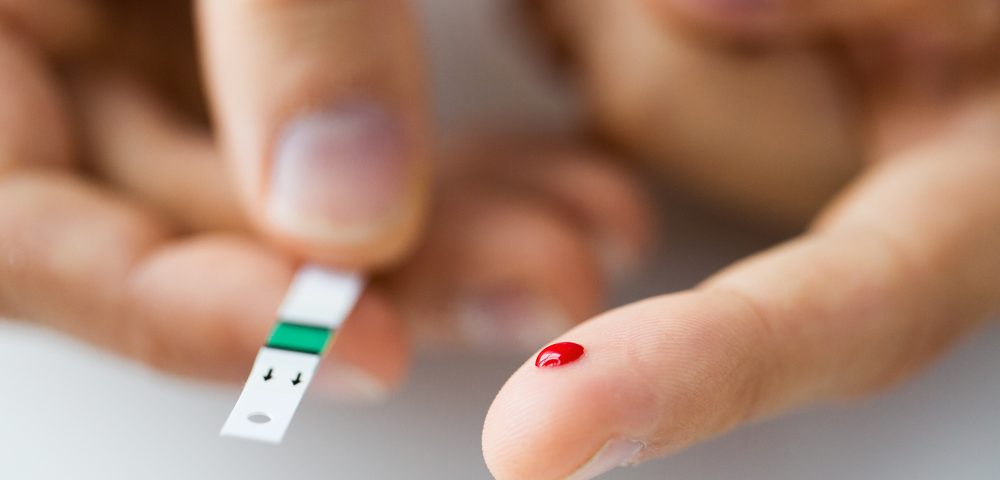GI Dynamics recently announced new data from the REVISE Diabesity study, revealing that obese type 2 diabetes patients treated with EndoBarrier Therapy (EBT) plus liraglutide, a medicine prescribed to lower blood sugar levels, have significant better clinical outcomes than patients treated with EBT or liraglutide alone. The findings were recently presented at the Endocrine Society’s ENDO 2016 annual meeting in Boston, Massachusetts.
The EndoBarrier is a thin flexible tube that is placed inside the intestine and creates a physical barrier between the intestinal wall and the ingested food.
“EndoBarrier is less invasive than surgery, achieves a similar level of bypass and can be inserted as a simple and quick outpatient endoscopic procedure that patients are likely to find more acceptable,” said Piya Sen Gupta, MD, ABCD Study research fellow at King’s College Hospital London and City Hospital Birmingham, England, in a press release. Patients have one year to change their eating behavior, and EndoBarrier helps them, Gupta said.
The data, presented at the ENDO meeting by Russell Drummond, MD, of the National Health Service (NHS) Greater Glasgow and Clyde, Scotland, included one-year interim results of the two-year, multicenter, randomized and controlled trial that aims to evaluate the efficacy and safety of EBT plus liraglutide (a GLP-1 receptor agonist) in the treatment of obese type 2 diabetes patients.
The study included 24 patients receiving EBT plus liraglutide, who were compared with 24- and 22-subject groups given EBT or liraglutide alone, respectively.
Results revealed that patients on the EBT plus liraglutide group showed a higher and quicker improvement in their diabetes, as assessed by HbA1c levels (a measure of the average blood glucose levels), even though 25 percent of the patients in this group reduced the use of other diabetes medications.
“The mean baseline starting HbA1c level for EBT-plus-liraglutide group was 9.6 percent. The treatment target is the reduction of HbA1c to less than 7.5 percent, which is a mean reduction greater than 2.1 percent. We were excited to see EBT-plus-liraglutide patients attain a 2.1 percent absolute reduction, which is a 95.4 percent overall attainment of target. In addition, 54.2 percent of patients attained the less than 7.5 percent HbA1c treatment target,” said Scott Schorer, president and CEO of GI Dynamics.
“This encouraging data is further clinical validation of EndoBarrier Therapy. We are delighted to see that EndoBarrier Therapy, administered alone or in combination with diabetes medication, compares favorably to treatment with pharmacotherapy,” he added.
The results presented also demonstrated that both EBT groups lost significantly more weight than the group on liraglutide alone. And even though the EBT-plus-liraglutide group had been given liraglutide doses 33 percent lower than those given to the liraglutide-only group (1.2 mg vs 1.8 mg), the combined treatment produced markedly better results.
“This is the first study in which the combination of a GLP-1 receptor agonist and the EndoBarrier intestinal device has been used to successfully treat diabetes and obesity. The combination seems to result in the best improvements in glucose control and weight reduction,” Gupta said.


